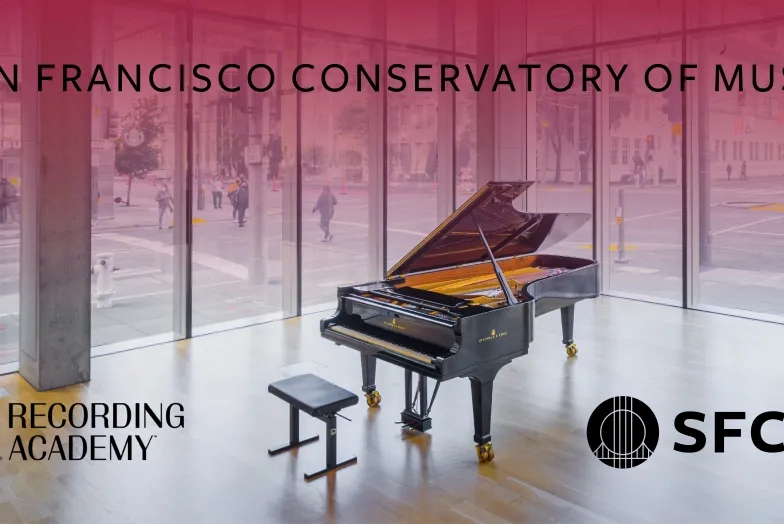Page
Aldwell-Schachter Chapter 29
Aldwell-Schachter Chapter 29 Click on a musical example for playback A plain example of the Phrygian II6, also known as the Neapolitan sixth. Note the ^b2-^7 movement in the soprano, which is typical of the Phrygian II progression. It is generally best …








